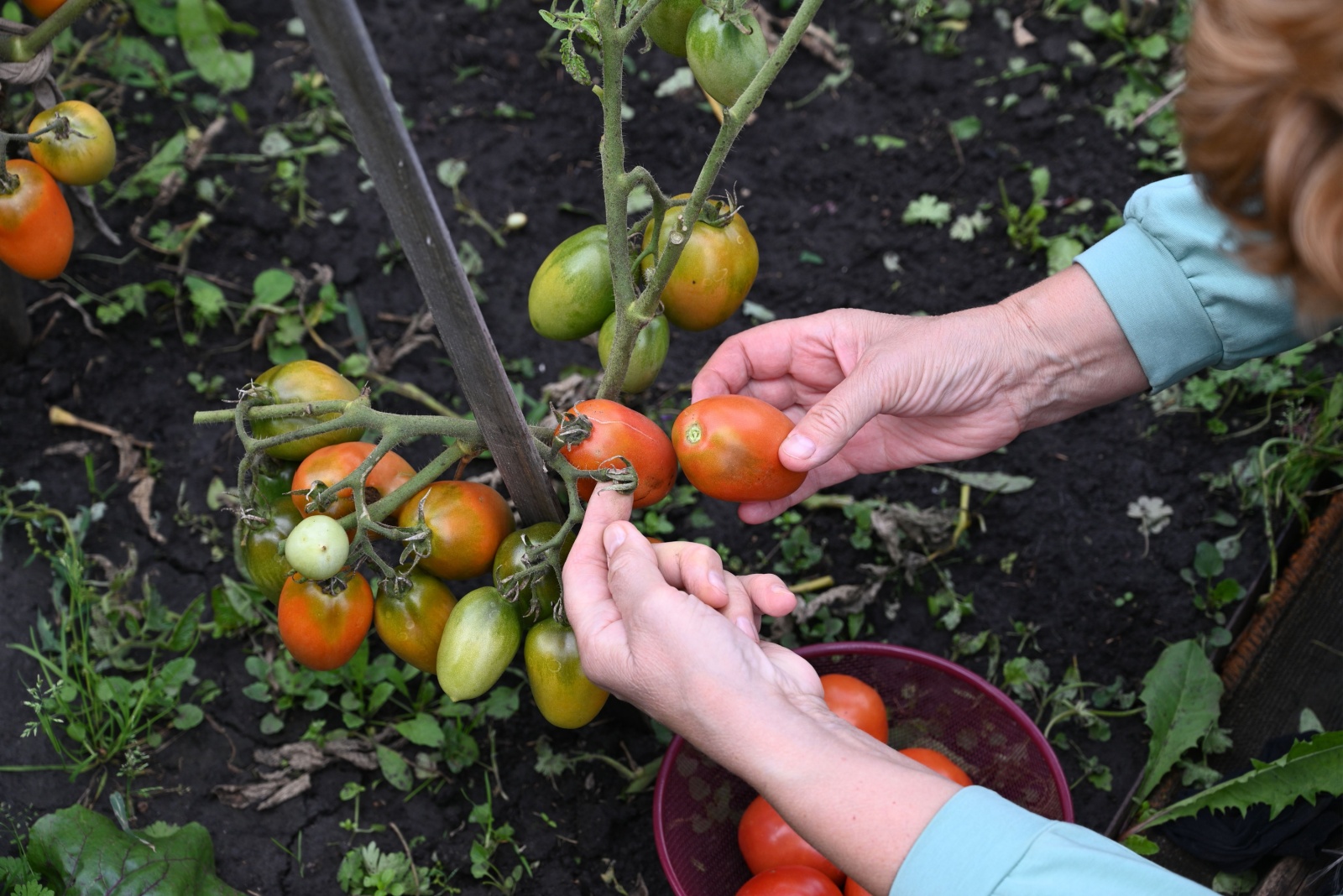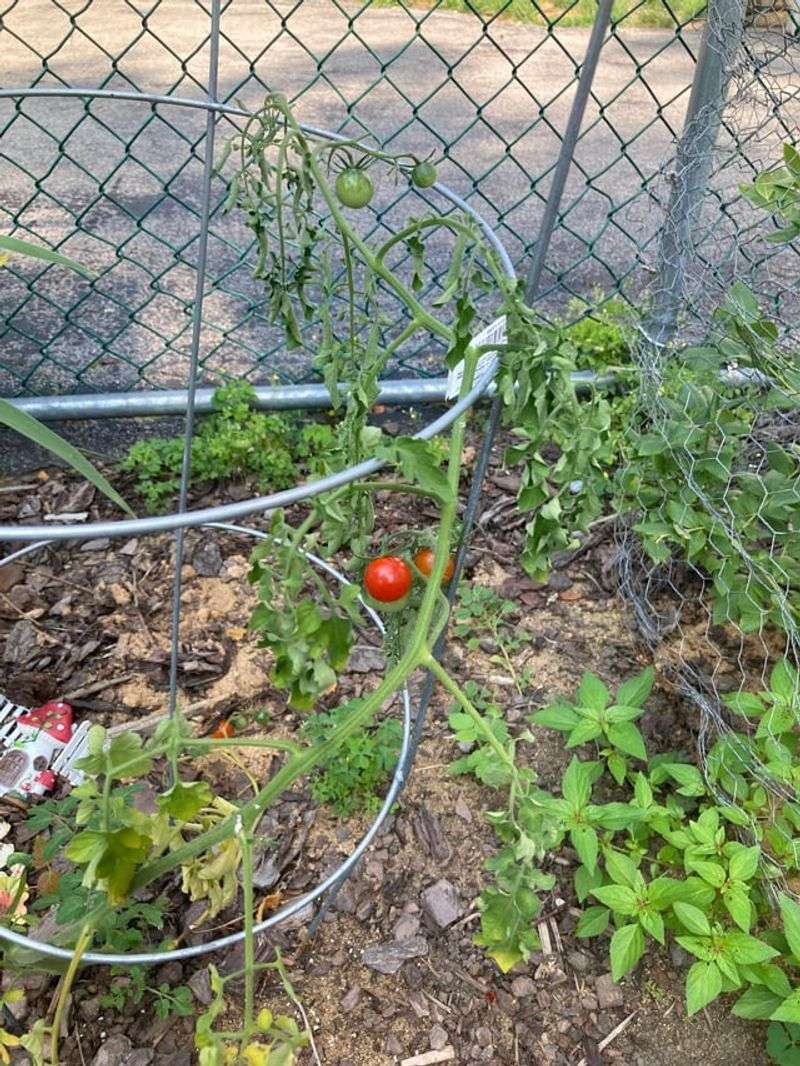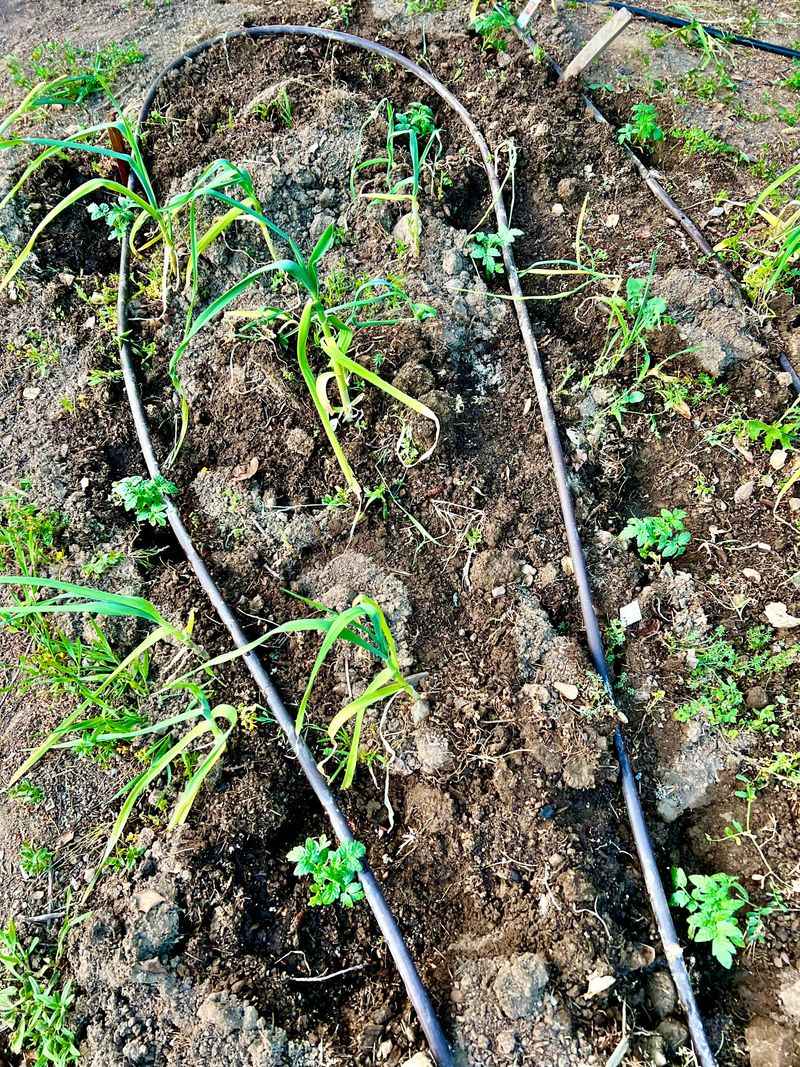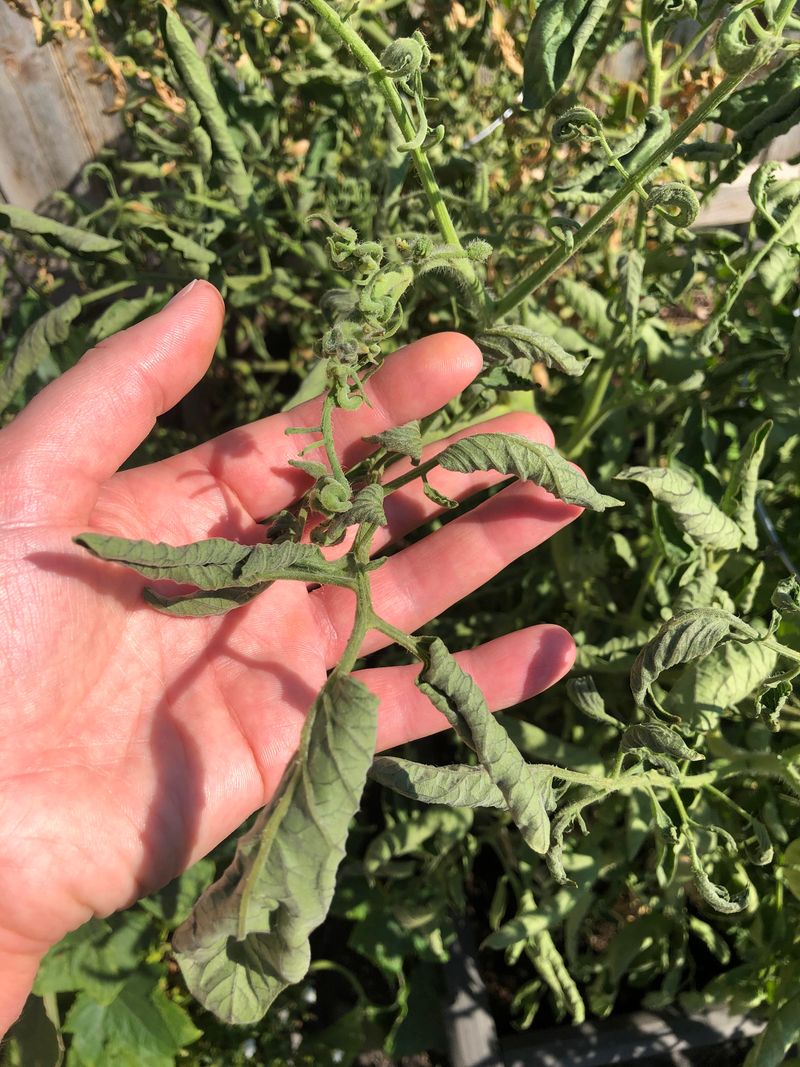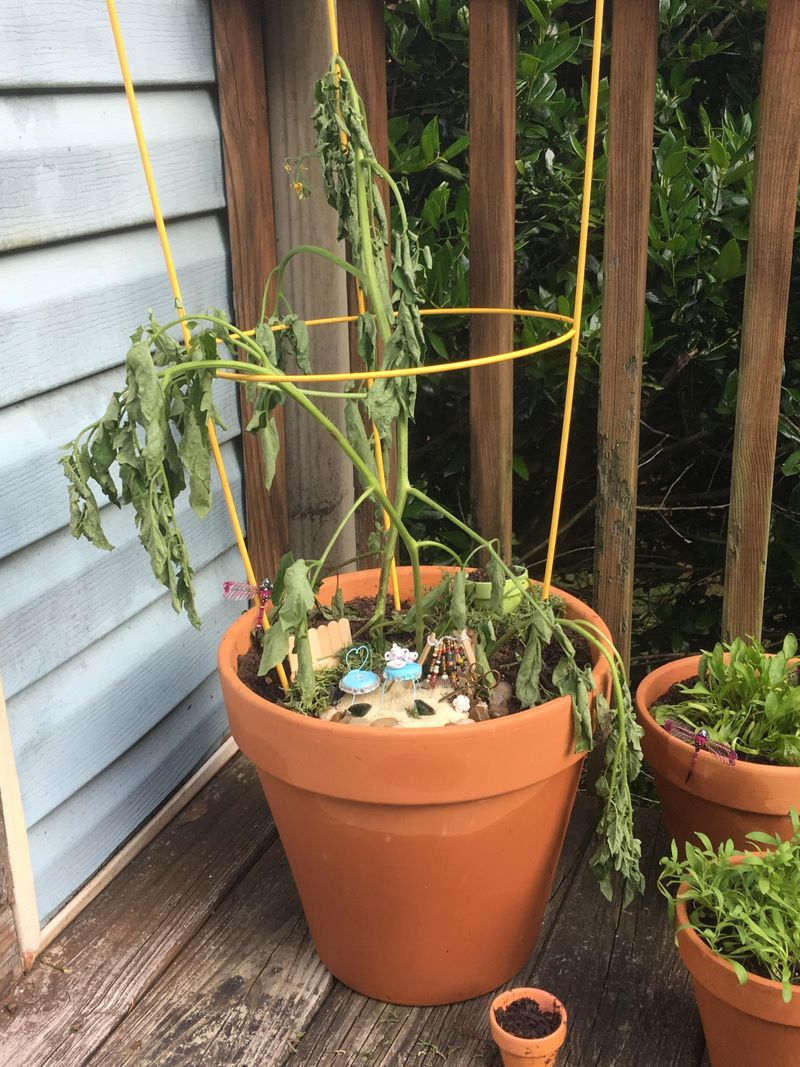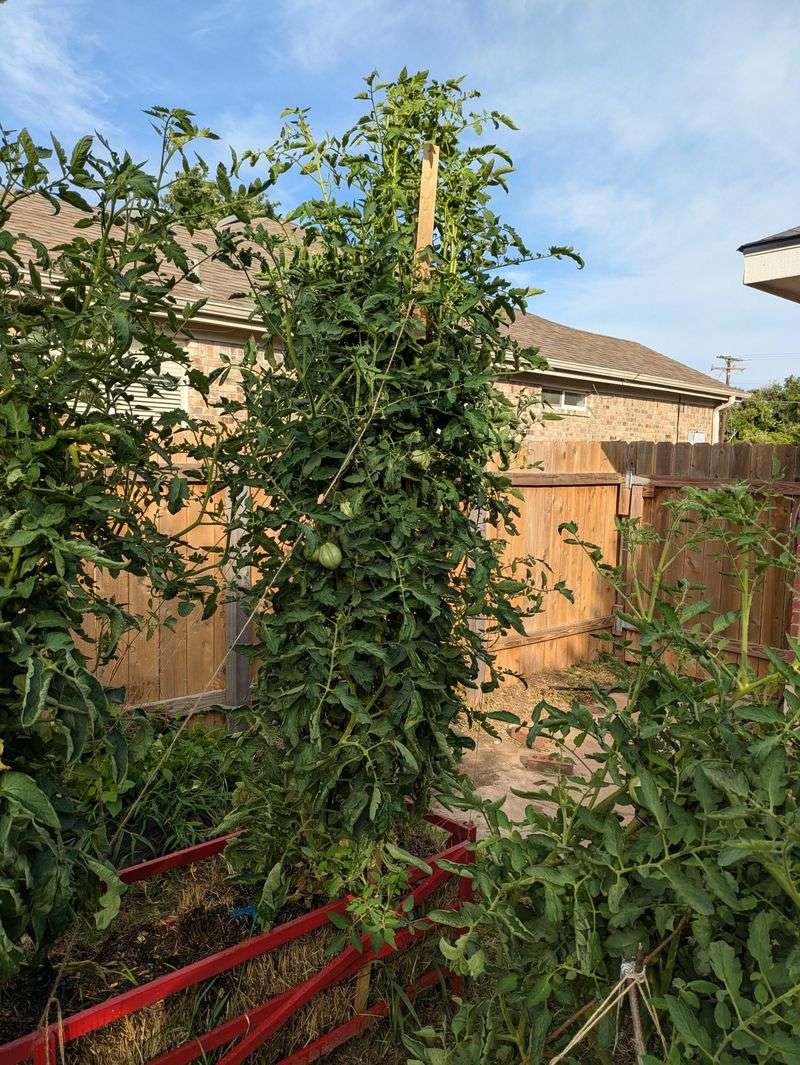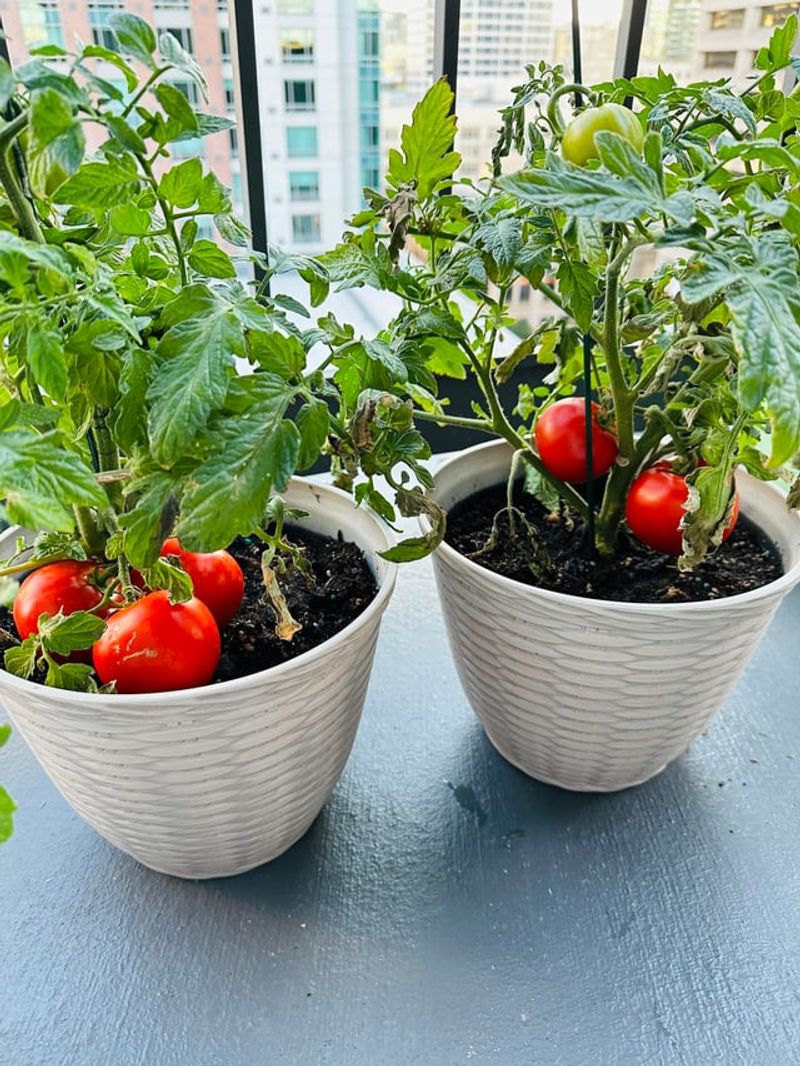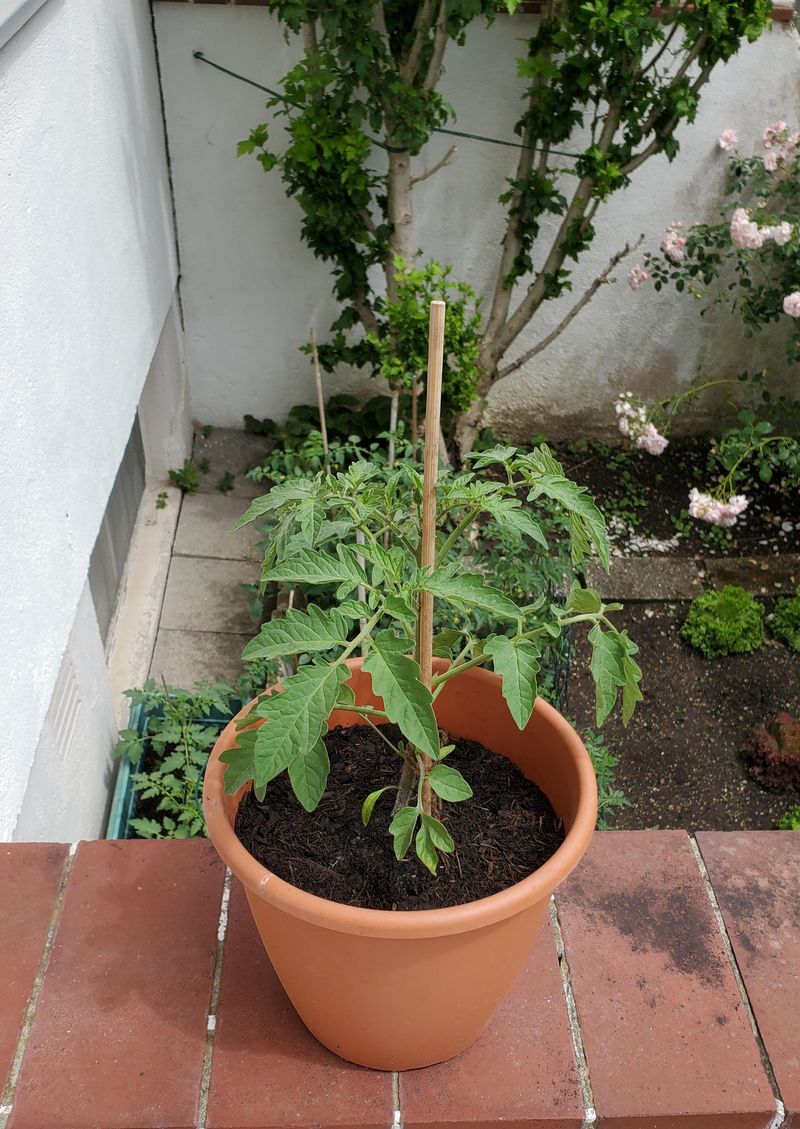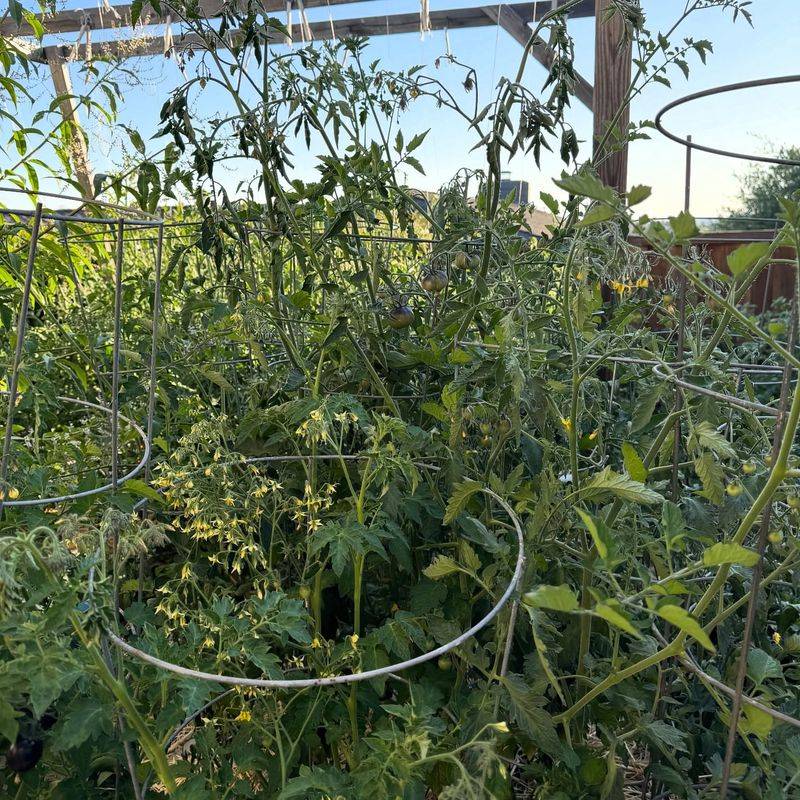South Carolina gardeners love their tomatoes—and for good reason. Nothing beats the taste of a sun-warmed slice fresh off the vine. But not every patch of soil or sunny spot is fit for growing them.
The wrong location can mean stunted plants, pest problems, or fruit that never quite makes it to the table. A little know-how about where not to plant can save you a whole season of frustration.
1. Under Black Walnut Trees
Black walnut trees produce a chemical called juglone that’s toxic to tomatoes and many other plants. This natural herbicide leaches from the roots, leaves, and nuts into the surrounding soil.
Tomato plants within 50 to 80 feet of a black walnut tree will develop yellow leaves, wilted stems, and stunted growth before dying completely. Even removing the tree doesn’t solve the problem immediately since juglone persists in soil for years.
Choose a completely different garden area if you have these trees on your property.
2. In Heavy Clay Soil Without Amendment
South Carolina’s red clay soil becomes rock-hard when dry and turns into a waterlogged swamp after rain. Tomatoes need well-draining soil with good oxygen flow to their roots, which clay simply cannot provide without serious improvement.
Roots struggle to penetrate the dense clay, leading to shallow root systems that can’t support healthy fruit production. Water pools on the surface rather than soaking in, causing root rot and fungal diseases.
Always amend clay soil heavily with compost before planting tomatoes.
3. Against South-Facing Brick Walls
Brick walls absorb heat during the day and radiate it back at night, creating an oven-like environment. While tomatoes love warmth, South Carolina summers already push the upper limits of what they can tolerate.
Temperatures above 95 degrees cause tomato flowers to drop without setting fruit, and the reflected heat from brick intensifies this problem. The constant heat stress also makes plants more susceptible to spider mites and other pests that thrive in hot conditions.
Plant tomatoes where they get morning sun but afternoon shade instead.
4. In Low-Lying Areas That Collect Water
Tomato roots need oxygen just as much as they need water, and soggy soil suffocates them quickly. South Carolina’s frequent afternoon thunderstorms and heavy summer rains make drainage absolutely critical for tomato success.
Low spots in your yard collect water that sits for hours or even days, creating perfect conditions for root rot, bacterial wilt, and fungal diseases. Plants in these areas develop yellow leaves, weak stems, and often collapse entirely during the growing season.
Always choose elevated, well-drained spots for your tomato plants.
5. In Deep Shade Under Trees
Tomatoes are sun-worshippers that need at least six to eight hours of direct sunlight daily to produce a decent harvest. Planting them under the dense canopy of oak, pine, or pecan trees common in South Carolina dooms them to failure.
Shaded tomato plants grow tall and spindly as they stretch toward any available light, producing mostly leaves instead of fruit. The few tomatoes that do form remain small, pale, and flavorless compared to sun-grown varieties.
Competition from tree roots for water and nutrients adds another challenge.
6. Next To Competing Nightshade Family Members
Peppers, eggplants, and potatoes belong to the same plant family as tomatoes, which means they share the same pests, diseases, and nutritional needs. Planting them together creates a buffet for hornworms, aphids, and flea beetles while depleting specific soil nutrients faster.
Diseases like early blight and verticillium wilt spread rapidly between nightshade family members when they’re planted side by side. The competition for resources weakens all the plants, making them more vulnerable to South Carolina’s intense heat and humidity stress.
Separate these crops by several feet minimum.
7. In Containers Without Proper Drainage Holes
Container gardening works wonderfully for tomatoes, but only when the pots have adequate drainage. Without holes in the bottom, water accumulates at the root level and creates anaerobic conditions that kill tomato plants surprisingly fast.
South Carolina’s humidity means soil in sealed containers stays wet for extended periods, encouraging root rot and fungal growth. Even if the soil surface looks dry, the bottom layers remain waterlogged and toxic to roots.
Always drill multiple drainage holes in any container before planting tomatoes, regardless of size.
8. Where Tomatoes Grew Last Year
Crop rotation isn’t just fancy gardening advice—it’s essential for preventing disease buildup in your soil. Tomatoes are particularly vulnerable to soil-borne pathogens like fusarium wilt, verticillium wilt, and nematodes that accumulate when you plant them in the same spot repeatedly.
Wait at least three years before growing tomatoes in the same bed again. During that time, plant unrelated crops like beans, lettuce, or squash that won’t harbor tomato diseases.
Proper rotation keeps your soil healthy and your future tomato harvests abundant and disease-free.

